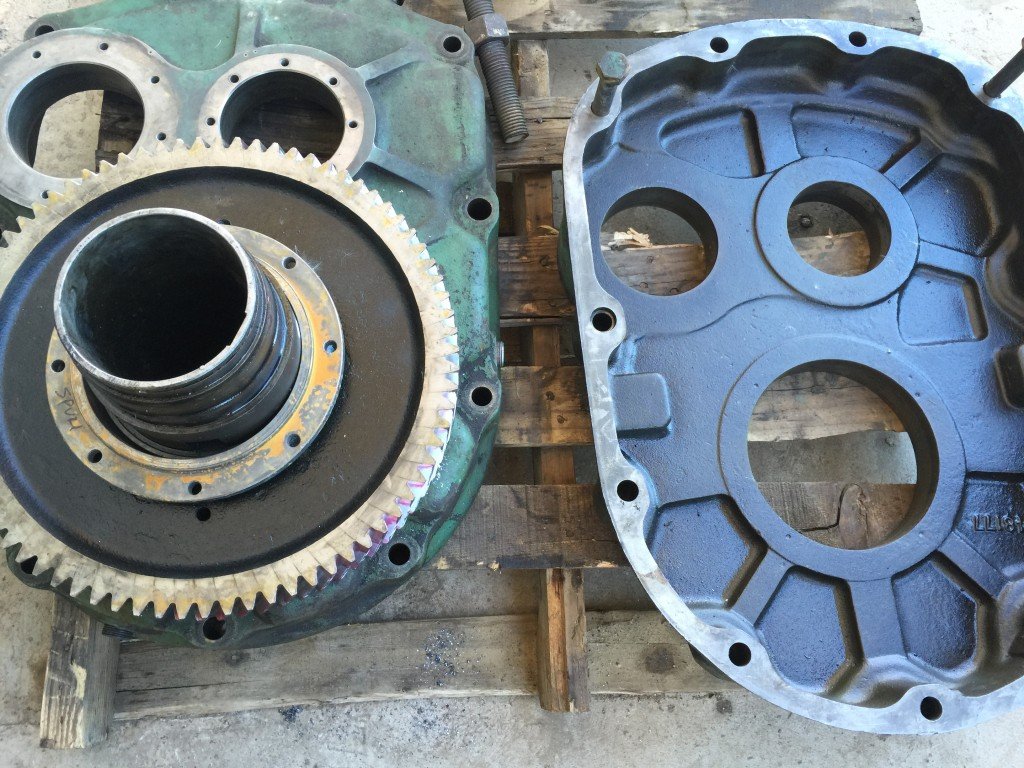Mobile:+86-311-808-126-83
Email:info@ydcastings.com
High-Performance Exhaust Manifold Options for 4G63 Engine Upgrade and Enhancement
The Evolution of the 4G63 Exhaust Manifold Power and Performance
The 4G63 engine, a 2.0-liter inline-four, has become a legendary powerplant in the automotive world, particularly known for its use in Mitsubishi models like the Eclipse, Laser, and Galant. Central to its performance prowess is the exhaust manifold, which plays a critical role in directing exhaust gases away from the engine and maintaining optimal performance. In this article, we’ll explore the significance of the 4G63 exhaust manifold, its design evolution, and the impact it has had on tuning and performance upgrades.
Understanding the Role of the Exhaust Manifold
The exhaust manifold collects exhaust gases from the engine's cylinders and channels them into the exhaust system. This process is crucial as it helps to maintain proper back pressure and ensures efficient expulsion of gases. A well-designed exhaust manifold can significantly affect an engine's power delivery, turbo spool, and overall performance. In the case of the 4G63, the factory exhaust manifold was designed with a focus on durability and efficiency, but for performance enthusiasts, upgrading the manifold has become a common practice.
Factory Design and Limitations
The stock exhaust manifold for the 4G63 was primarily made from cast iron, a material chosen for its strength and heat resistance. While functional, this design is often restrictive, limiting the engine's ability to breathe. The factory manifold can cause excessive back pressure, which hinders performance, especially in turbocharged versions of the engine. Racers and tuners quickly recognized that enhancing this component would be vital to unlocking higher levels of horsepower and torque.
Aftermarket Upgrades
4g63 exhaust manifold

In the tuning community, aftermarket exhaust manifolds have become a staple for anyone looking to optimize the 4G63 engine. These upgraded manifolds typically use materials like stainless steel or tubular designs, offering significant improvements over the stock components. Tubular exhaust manifolds reduce the weight of the setup and are designed to allow for smoother and more efficient exhaust flow, which leads to faster turbo spool times and improved horsepower.
One popular aftermarket option is the use of equal-length exhaust manifolds. These designs ensure that each cylinder exhaust path is of equal length, which helps in maintaining balanced exhaust flow and reducing turbo lag. Consequently, this results in a more responsive throttle and better overall performance.
Impact on Performance and Tuning
Upgrading the exhaust manifold of the 4G63 engine has profound effects on performance. First and foremost, it allows the engine to produce more power, particularly at higher RPMs. Many enthusiasts report gains of up to 30-50 horsepower simply by replacing the stock manifold with a high-performance variant. This power increase is often accompanied by improved throttle response and increased reliability under high-stress conditions, such as racing.
The exhaust manifold also plays a vital role in the overall tuning process. When paired with other modifications like upgraded turbochargers, fuel injectors, and engine management systems, an aftermarket manifold can help maximize the gains from these components. Tuners can adjust fuel maps and boost levels to take full advantage of the enhanced flow characteristics provided by a new manifold, potentially leading to even more significant performance outcomes.
Conclusion
The 4G63 exhaust manifold is more than just a component; it is a critical piece of the engine’s performance puzzle. While the factory design served its purpose, the evolution towards tubular and equal-length manifolds has revolutionized the way enthusiasts approach tuning this iconic engine. With the right set of modifications, including an upgraded exhaust manifold, the 4G63 can reach impressive power levels, making it a favorite among performance car lovers. Whether on the track or the street, a well-designed exhaust manifold can make all the difference in unleashing the full potential of Mitsubishi’s 4G63 engine. The journey of performance enhancement continues as new designs and innovations emerge in the ever-evolving world of automotive tuning.
-
Why Should You Invest in Superior Pump Castings for Your Equipment?NewsJun.09,2025
-
Unlock Performance Potential with Stainless Impellers and Aluminum End CapsNewsJun.09,2025
-
Revolutionize Your Machinery with Superior Cast Iron and Aluminum ComponentsNewsJun.09,2025
-
Revolutionize Fluid Dynamics with Premium Pump ComponentsNewsJun.09,2025
-
Optimizing Industrial Systems with Essential Valve ComponentsNewsJun.09,2025
-
Elevate Grid Efficiency with High-Precision Power CastingsNewsJun.09,2025











